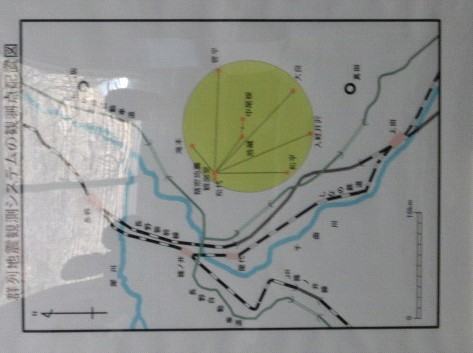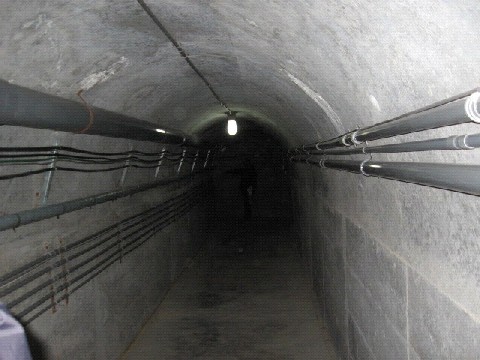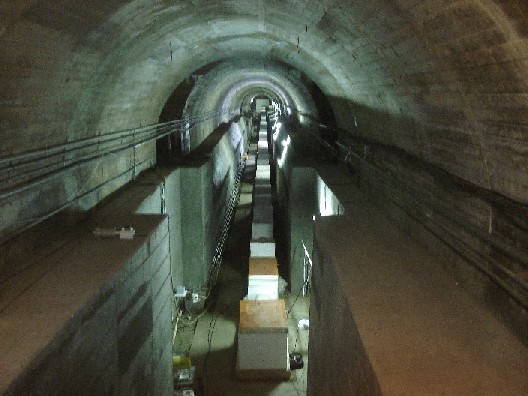
Figure 1.1 Distribution of the seismic array at Matsushiro observatory.(MSO)
On February 26, We went to Matsushiro seismological observatory, which is located near to Matsushiro town in Nagano, this observatory is in charge of collection of data to determine the usual parameters of the quakes such as hypocenter and magnitude, in order to achieve this goal, they use some useful tools such as a network which is composite in the mean time of 14 station, those station are distributed in a way (spatial distribution) that make a kind of circle around the observatory, through this array system they are capable to detect even weak signals by suitable filtering.

Figure 1.1 Distribution of the seismic array at Matsushiro observatory.(MSO)
Provide and share data with JMA.
Rapid determination of the parameters of earthquake.
Surveillance of events which can cause tsunami.
They have some organization in order to improve the acquisition of data and share information with other agencies which make it easy the spread of information and make possible that other observatories can compare or obtain data quickly from them network. Such of them facilities to spread information is the live internet seismic server(LISS) which is a server administrate by USGS, this server have many “points” to acquire data around the world it have connection with many station in Japan case Matsushiro is one of them.
Some characteristics of this LISS system are:
Provide data in real time, about 30s delay for 20 Hz sampling.
Conformed by 68 stations around the world
There is one LISS server in one station
Another tool that is helpful to management of data is the Buffer of uniform data some characteristics of this are:
Managed by IRIS
Integrated some seismic networks such as IDA, GEOSCOPE, etc.
Real time data about 30 to 300s delay for 20 Hz sampling.
MSO developed a global hypocenter determination which use the grid search method (GSM) to solve, the procedure is:
Firstly GSM arrange the latitude, longitude, depth and origin time, then estimate each initial value in every 5 degrees, 30Km.,60s, and determine a final value by 0.01 degrees and 1 km at the 18th iteration.
Facilities
One of the facilities which finality is to provide data over rock is a tunnel which was constructed like a shelter during the Second World War, this is located 60 m beneath the surface in Maizuru mountain, there they put some instruments such as a Strainmeter, tilt meter and seismometers.

Figure 1.2 A corridor in the observation tunnel(MSO).
Instruments
They have instruments to collect the data some of them are installed in the tunnel to obtain a base to compare data over surface with data in the “basin” , some of this instruments are:

Figure 1.3 Short period seismometer(MSO).

Figure 1.4 Strainmeter room(MSO).
Summary
Data collection by diverse media is useful to compare such data and to increase reliability of data.
Procedures develop to determine global hypocenter at Matsushiro observatory is a good example of combination of theory and practice.
Reference
Matsushiro seismological observatory (Japan Meteorological agency).